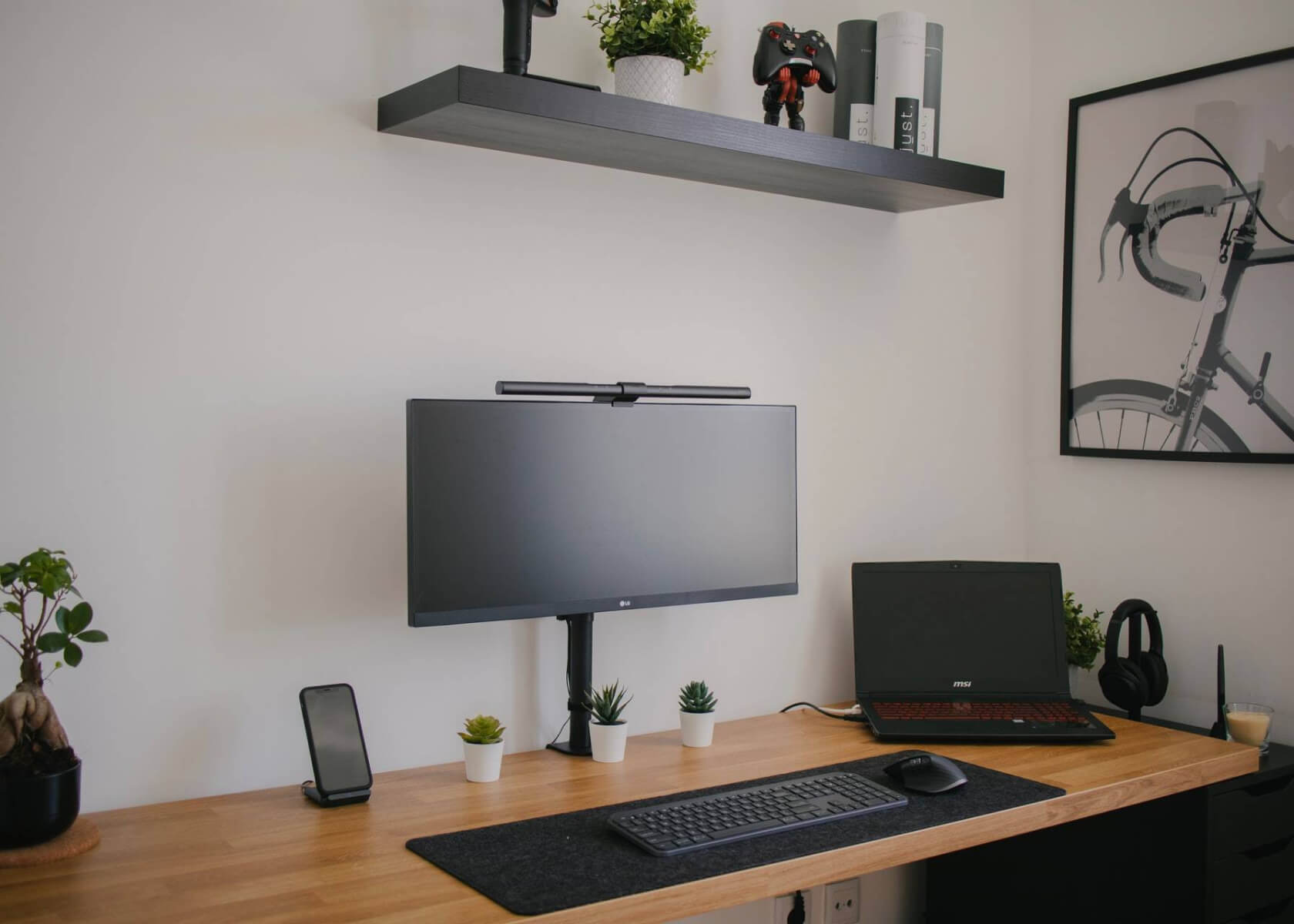Designing Interactive Timelines in Notion: The Ultimate Guide for Visual Representation

New to Notion?
How to Design Interactive Timelines within Notion for Visual Representation
Timelines are an effective way to convey progress, visualize events, and represent project milestones. With Notion’s flexibility and a continually updated set of features, designing interactive timelines has never been easier. In this article, we will explore modern tools and techniques to help you create captivating timelines within Notion.
Creating a Timeline Database
Begin by creating a new database in Notion. Click on the + button in the sidebar or within a page, and choose the Table option to start with a blank table. Add columns for essential information related to your timeline. Typical columns include:
- Date/Time – for the event’s timestamp
- Event/Task – for the title or summary of the event
- Description – for additional details
- Tags – to categorize or label events
Notion now offers more intuitive database templates. Feel free to explore and modify these templates to match your project needs.
Importing Events into the Timeline Database
If you already have a list of events or milestones documented in another tool or spreadsheet, you can import them directly into Notion. First, export your data as a CSV file. Then, in your Notion table, click the … button at the top right and select Import CSV. Follow the prompts to ensure the columns in your CSV file correctly map to your Notion database columns.
Customizing the Timeline View
Once your database is populated, create a timeline view to visually represent your events:
- Click on the Views button at the top right of the database.
- Select Create a New View, name the view (e.g., Timeline), and choose the Timeline option among the view types.
Adjusting Timeline Settings
In your timeline view, you can fine-tune various settings to suit your needs. Click on the … button in the timeline view and select Configure Timeline. In the sidebar that opens, adjust key settings such as:
- Date property: Choose the column that contains the date or time details.
- Group by: Group events by attributes like Month or Year.
- Sort: Define the order in which events appear on the timeline.
- Color: Apply different colors to events based on criteria or tags.
- Filter: Set filters to display events that meet specific conditions.
These settings allow you to create a timeline that is both clear and informative.
Adding Interactivity to Your Timeline
Enhance your timeline with interactive features to provide additional context and improve user engagement.
Links and Attachments
Incorporate hyperlinks or attachments into your events to provide further details or access to resources. For instance, attach relevant documents, images, or web links that users can click on to learn more about a particular event. For more guidance, visit How to Create Links Between Databases in Notion.
Inline Databases and Page Links
Embed inline databases or provide page links to supply in-depth information about events. Create separate pages for significant events and hyperlink them from the timeline so users can delve deeper without disrupting the overall view.
Collaborative Features
Notion’s collaborative tools enable teams to work together smoothly. You can invite team members to view, edit, or comment on the timeline. Assign tasks and leave comments directly within the timeline view, streamlining your workflow and fostering better collaboration.
Sharing Your Interactive Timeline
Once your timeline is complete, you can easily share it with others. Click the Share button in the top right corner of your timeline view, and choose the appropriate options:
- Generate a public link.
- Invite individual team members.
- Share the timeline with your organization.
These sharing options help ensure that your interactive timeline is accessible and promotes team collaboration.
Conclusion
Notion’s powerful features and flexibility make it an excellent tool for creating interactive timelines. By setting up a dedicated timeline database, customizing the timeline view settings, and adding interactive elements, you can build visually engaging timelines that accurately represent events or project progress. Whether you’re planning a roadmap, tracking historical events, or organizing project milestones, Notion offers the tools you need to create effective visual representations with ease.


